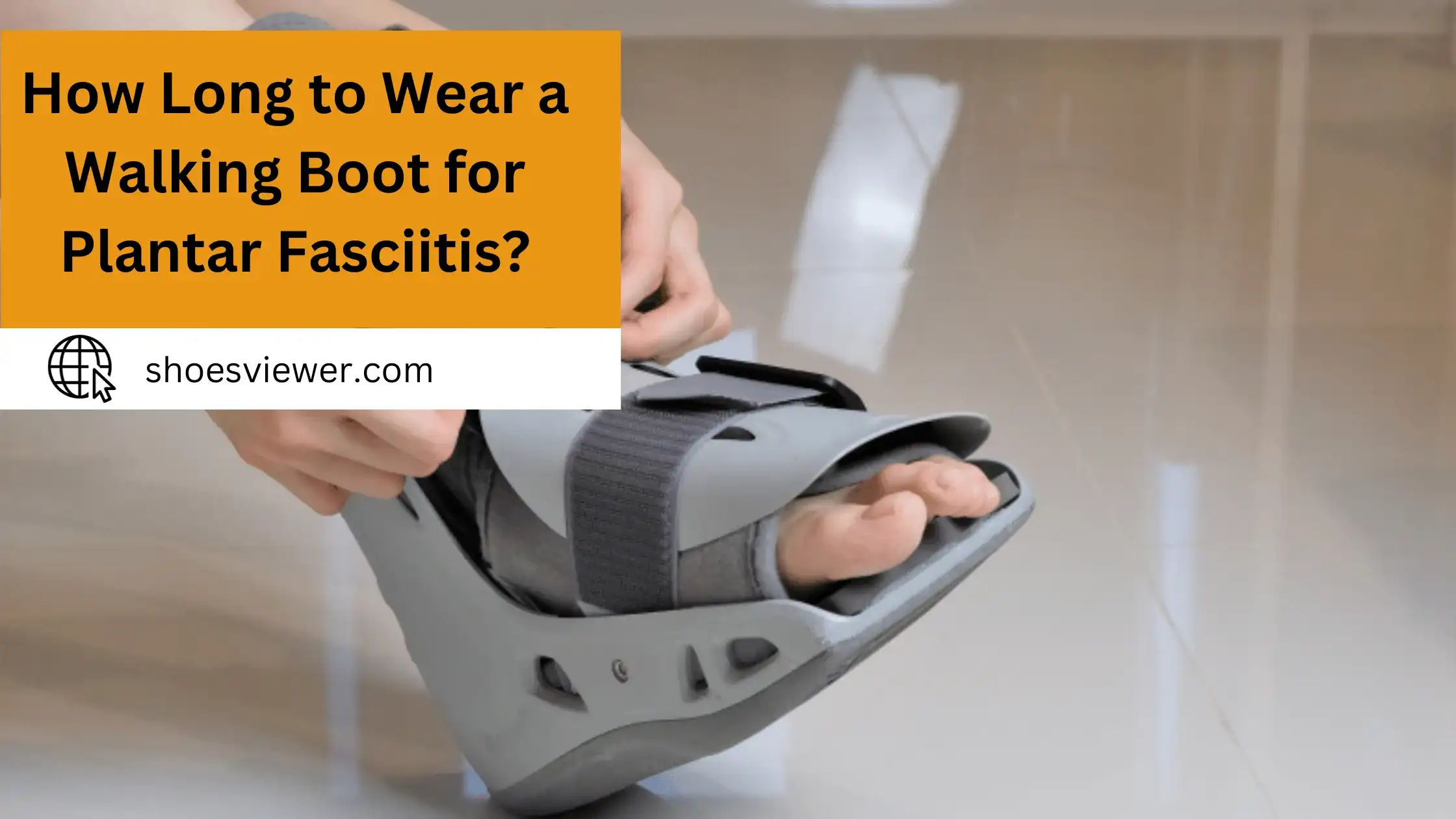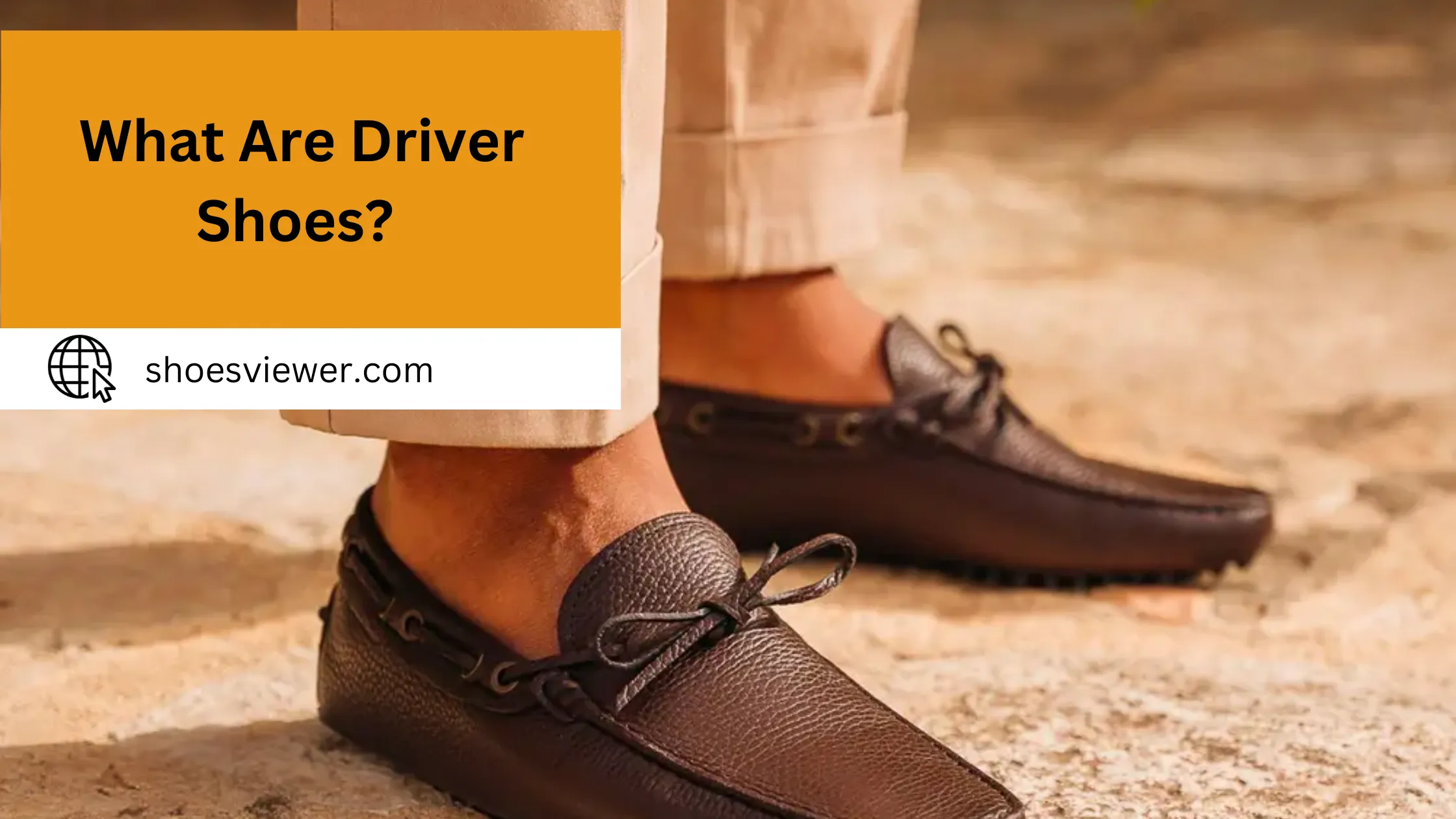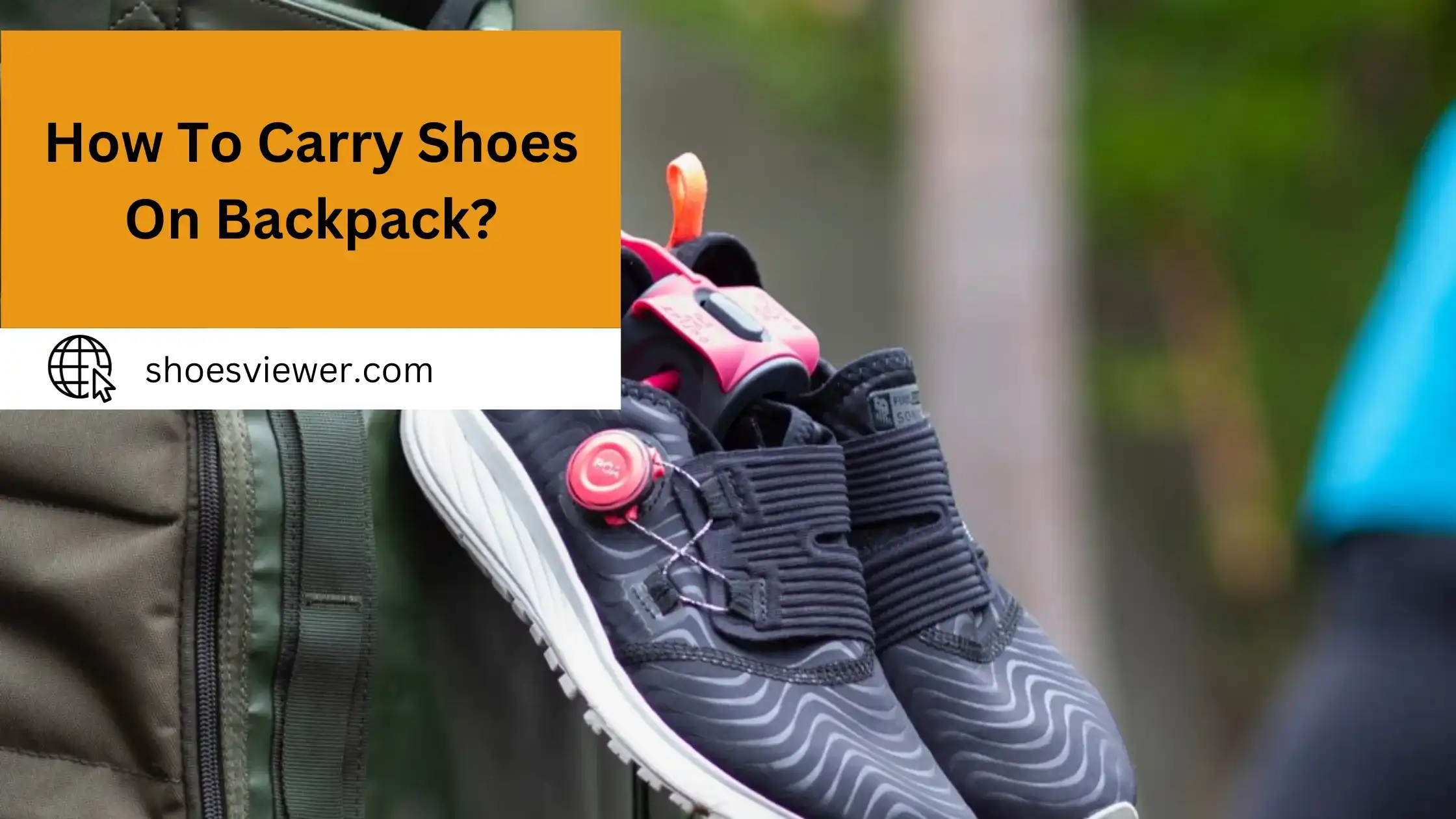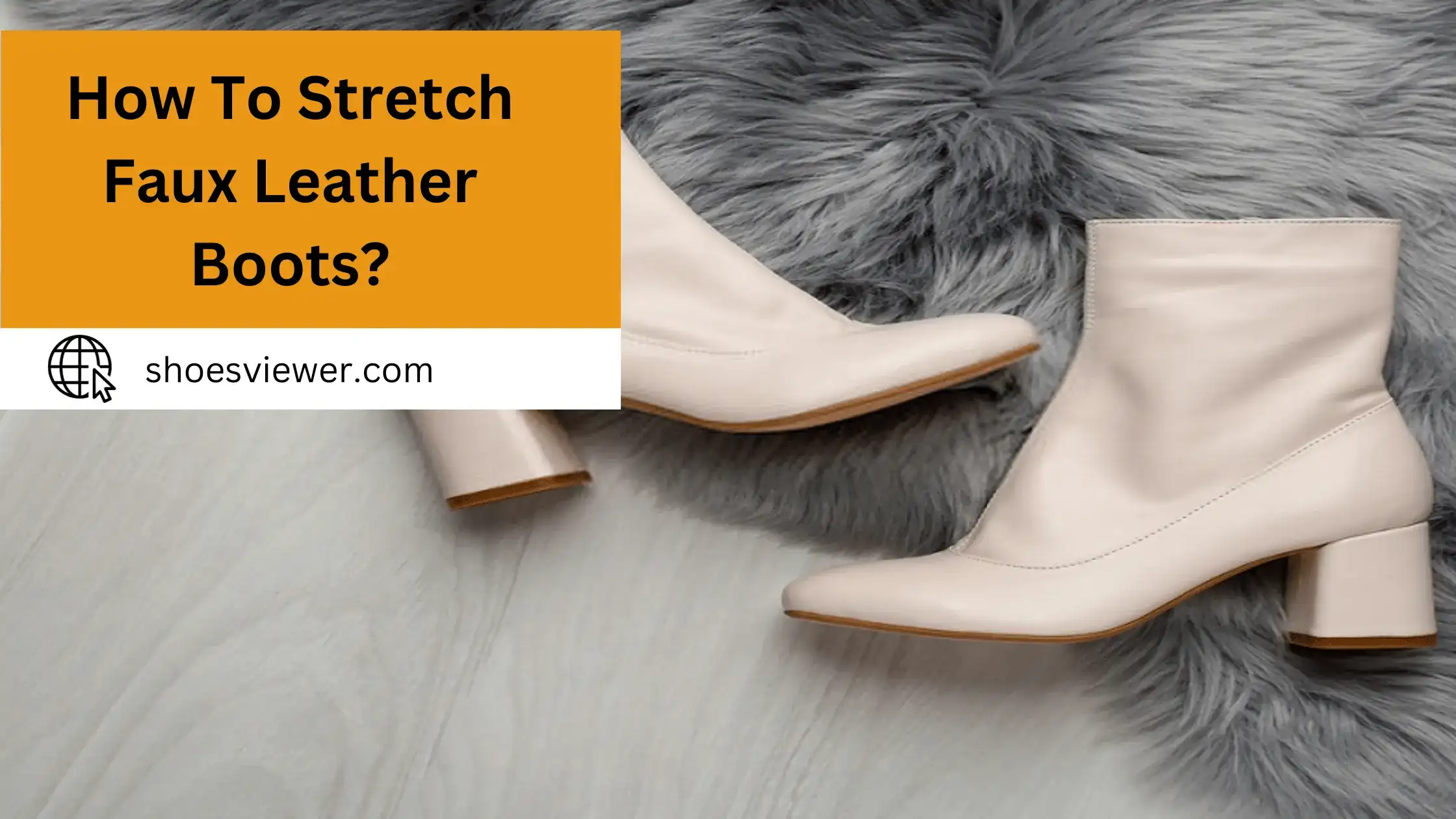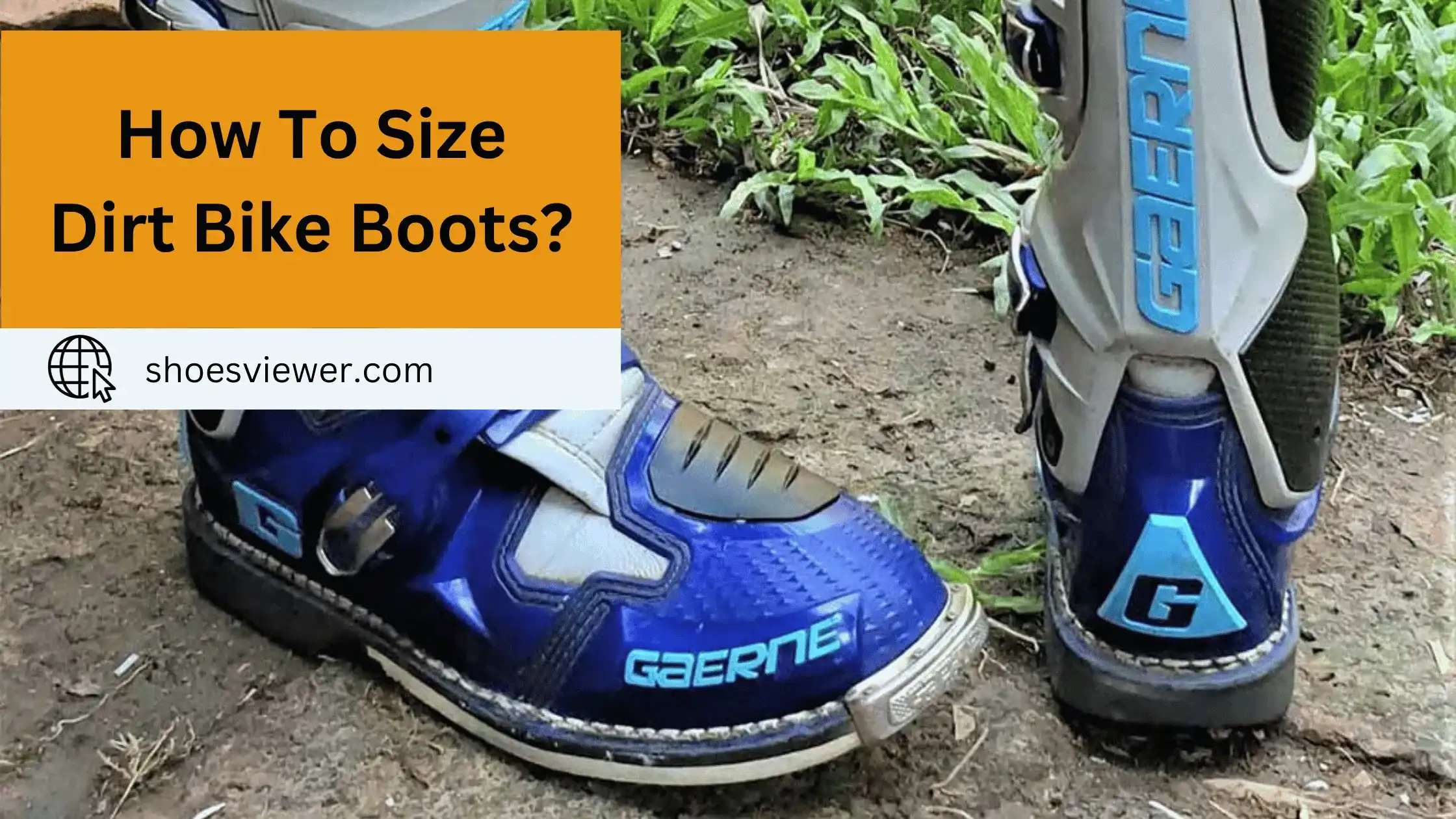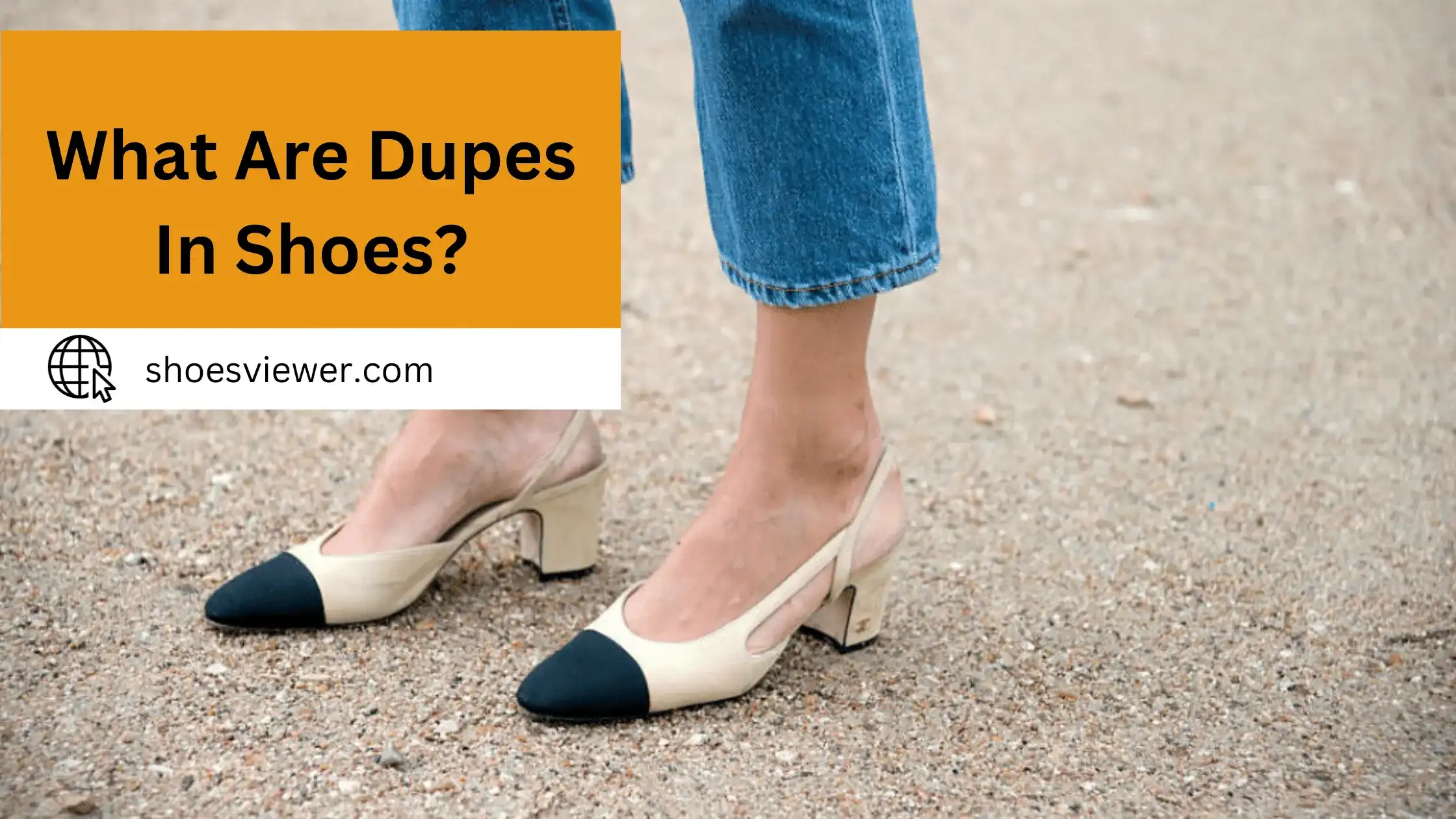It was just a few weeks ago that I had been struggling with the pain and discomfort of plantar fasciitis in my left foot. Having experienced chronic heel pain for almost three weeks, I decided it was time to see an orthopedic specialist and get their professional verification that I did indeed have the condition.
After they prescribed me a walking boot, I knew I had to take the recovery process seriously so that I could develop a better understanding of how long to wear a walking boot for plantar fasciitis.
With this post, not only will you learn what medical professionals suggest when it comes to the use of this type of brace, but also get an insight into my journey with trying out different treatments.
Initial Stage - Duration and Frequency of Boot Wear:
When I first started experiencing the sharp, stabbing pain of plantar fasciitis in my heel, I was desperate for relief. After a consultation with my doctor, it was suggested that I wear a walking boot to help alleviate the pain and aid in healing. At the initial stage, my doctor recommended that I wear the walking boot for about 2-3 weeks, taking it off only to shower or sleep.
Despite the inconvenience, I dutifully wore the boots as directed. But let me tell you, it wasn’t easy. Walking around with one shoe and one boot was awkward, to say the least. And there were times when I was tempted to take it off due to the discomfort. But I stuck with it, and I started experimenting with different ways to make the experience more bearable. I found that wearing a thick sock on the booted foot helped reduce friction and made the boot more comfortable. I also discovered that elevating my foot when sitting helped reduce swelling and pain.
Looking back, I can say that wearing the walking boot was instrumental in my recovery from plantar fasciitis. It was a tough journey, but it taught me a lot about patience, resilience, and the importance of taking care of my health. I share this experience not to scare you but to prepare you for what to expect when dealing with plantar fasciitis. If you’re in a similar situation, remember to be patient with yourself and your body.
Gradual Transition - Decreasing Boot Wear Duration over Time:
After about three weeks of consistent boot wear, I started to notice a significant reduction in my plantar fasciitis symptoms. My doctor advised me that this was the time to start gradually decreasing the amount of time I spent in the boot. The key word here is gradual. It’s essential not to rush this process.
Initially, I took the boot off for an hour or two each day, carefully monitoring my pain levels. I began to experiment with light foot exercises during these boot-free periods, like gentle heel raises and toe stretches. Over the following weeks, I slowly increased the time spent out of the boot while continuing with my exercises.
This gradual transition was tricky. There were days when I felt almost normal, eager to ditch the boot entirely. But I learned from my past experience that rushing things could set back my recovery. So, I forced myself to stick to the gradual transition plan.
Listening to Your Body - Adjusting Boot Wear Based on Symptoms:
Now, I’ll share with you how I navigated the tricky waters of wearing a walking boot and the lessons I learned in adjusting its use based on my symptoms.
Tuning In to Pain and Discomfort:
I recall vividly one morning when my foot seemed to protest at being confined within the boot. The subtle throbbing pain was a sign I had come to recognize as a plea for a little more freedom. Yet, I knew that completely abandoning the boot could lead to a setback.
My Approach to Adjusting Boot Wear:
I adopted a methodical approach. For days when the pain was minimal, I’d allow myself short periods of gentle walking without the boot, always with a watchful eye on any discomfort. It was a test, a way to gauge how much my foot could handle. But at any hint of increasing pain, I would retreat to the safety of the boot’s support.
Experimentation and Finding Balance:
There was a bit of trial and error involved. Some days I was overzealous, buoyed by a few pain-free steps, and I would overdo it. The consequences were immediate increased pain the next day served as a stark reminder of the delicate balance I was trying to maintain.
The Lessons Learned:
From this experience, I learned vital lessons about body awareness and the importance of gradual progress. I discovered that:
- Small increments of time out of the boot were beneficial, but needed to be closely monitored.
- A sudden increase in activity was often met with a proportionate increase in pain.
- Recovery is not a straight line; it zigs and zags in response to the body’s healing process.
Incorporating Physical Therapy and Rehabilitation Exercises:
My battle with plantar fasciitis wasn’t just a phase; it was a life-altering chapter that taught me the true value of physical therapy and dedicated rehabilitation exercises. I aim to shed light on the effective strategies that aided my recovery and helped me maintain my foot health thereafter.
Personal Experience with Physical Therapy:
Physical therapy was a turning point in my healing process. When I first met my physical therapist, I was given a tailored plan that addressed the specific needs of my condition. I was introduced to a series of exercises that, honestly, seemed too simple to be effective at first.
Rehabilitation Exercises:
The rehabilitation exercises were diverse and targeted various aspects of foot health. They ranged from stretching to strengthening, each designed to progressively restore the function of my foot. I remember the towel grab exercise using my toes to scrunch a towel laid out on the floor becoming part of my morning routine. Slowly, these exercises started to fortify the muscles in my feet.
My Experimentation and Adjustments:
Not every exercise suited me right off the bat. I had to experiment. For instance, I initially found calf raises to be uncomfortable, so my therapist and I adjusted the exercise to be less intensive, gradually increasing the intensity as my strength improved.
Learning to Avoid Future Issues:
One vital lesson I learned through rehabilitation was the importance of consistency. Skipping exercises or getting complacent with the recovery could easily lead to setbacks. I learned to incorporate foot exercises into my daily life, even after the pain subsided, to prevent re-injury.
By sharing these lessons, I hope to inspire others to take active steps toward their recovery and long-term foot health.
Maintaining Long-Term Foot Health: Preventive Measures and Lifestyle Changes
Overcoming plantar fasciitis was a significant milestone in my life, and it instilled in me the importance of foot health. To avoid the recurrence of such painful episodes, I adopted several preventive measures and made lifestyle changes that I plan to share with you.
Adopting Supportive Footwear:
Post-recovery, one of the most critical changes I made was to my footwear. Gone were the days of choosing shoes based solely on aesthetics. I started investing in quality shoes with proper arch support and a cushioned sole. I also learned the importance of changing running shoes every 300 to 500 miles to ensure they provide adequate support.
Weight Management and Nutrition:
Having carried extra weight when I first experienced plantar fasciitis, I understood that it added stress to my feet. After my recovery, I took up a balanced diet and regular exercise, which helped me reach a healthier weight. Not only did this relieve some of the pressure on my feet, but it also improved my overall health and well-being.
Modifying Activities:
To reduce the impact on my feet, I modified my activities. I chose cycling and swimming over high-impact exercises and took frequent breaks during hikes or long walks to stretch and rest my feet. I also explored yoga and Pilates, which helped improve my foot flexibility and strength without undue stress.
By sharing these insights, my hope is to guide others towards healthier lifestyle choices for the long-term well-being of their feet..
Closing Thoughts - Patience and Persistence in Overcoming Plantar Fasciitis:
My journey with plantar fasciitis was a long and challenging one. It was more than just about physical pain; it was about mental resilience, patience, and persistence.
- I remember the frustration I felt when, despite all the treatments and therapies, the pain persisted. There were times when I questioned if I would ever get better. But I knew I had to stay positive and keep moving forward.
- One of the strategies that helped me was setting small, achievable goals for myself. Whether it was doing an extra set of stretches or walking a few more steps than the day before, these small victories kept me motivated.
- I also learned to be patient with my body. Healing doesn’t happen overnight, and pushing too hard can often do more harm than good. I learned to listen to my body, give it the rest it needed, and slowly increase the intensity of my exercises.
- Through this experience, I also discovered the importance of seeking professional help. My physical therapist played a crucial role in my recovery, guiding me through the process and providing me with the tools and techniques to manage and eventually overcome my condition.
- Looking back, I realize that overcoming plantar fasciitis was not just about healing my foot, but also about growing stronger mentally and emotionally. It taught me patience, perseverance, and the importance of taking care of my health.
Conclusion:
Throughout this post, I have shared my experience of finding relief from plantar fasciitis by wearing a walking boot. I discussed how long it took for me to wear it, the experiments I went through, and what I have learned along the way about preventing any future issues. I hope that after reading this post, readers will be able to assess their own needs better and determine the best course of treatment for their situation. If you have tried everything with no success, a walking boot is what you need, too. Finally, if your pain persists or worsens after trying any treatments suggested in this blog post, please consult your doctor immediately.
